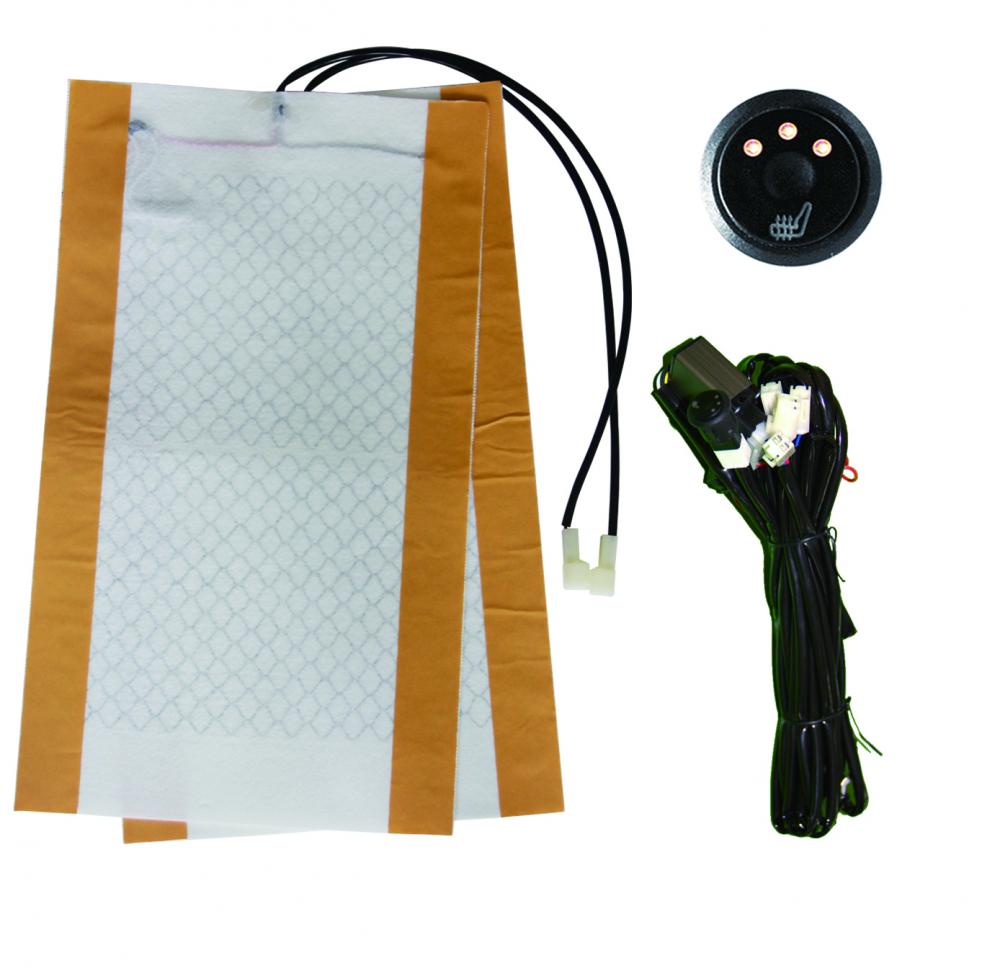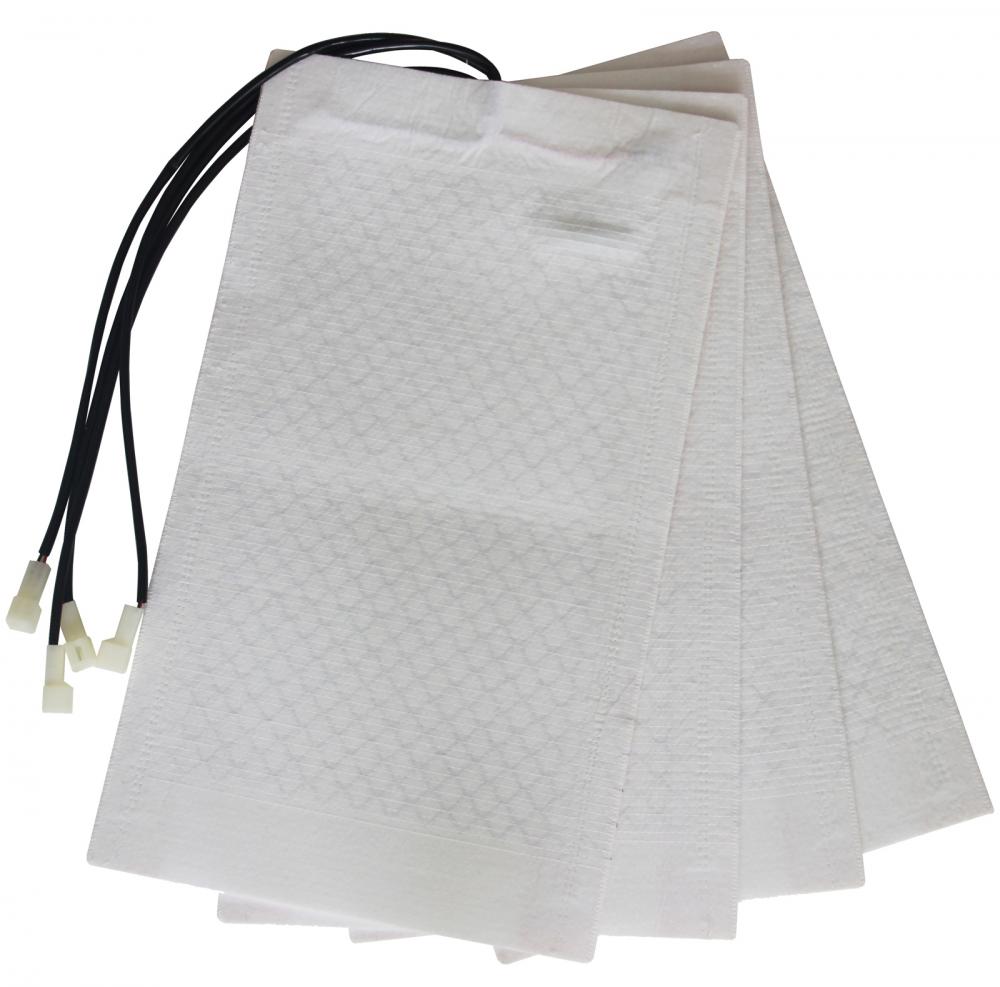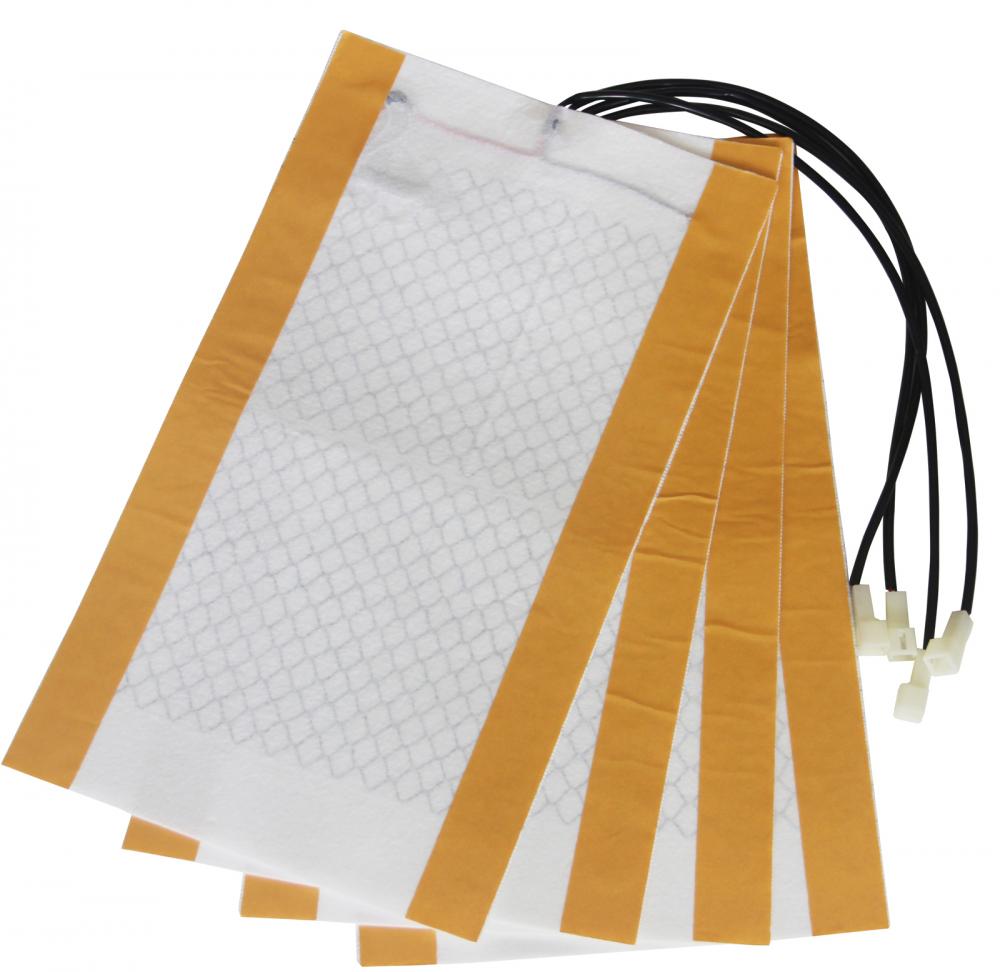Car manufacturing is probably the most machine intensive industry out there. Naturally, this makes it an ample space to tinker with 3D prints and designs. In that same vein, students at the Institute of Technology Carlow have developed a prototype F1 car using a combination of CNC machining and 3D printing. The students built the prototype under the tutelage of Dr Cathal Nolan, a mechanical engineering lecturer.
The team itself is comprised of 3rd year mechanical engineering students. They divided themselves up into various sub-groups based on the core components of the design. Design elements included chasis, suspension, braking system and the body. Aside from the printers and the CNC devices, the students also had access to Solid works and Ansys CAD tools.
The students hope to enter their design in UK`s Formula Student competition. As part of the competition, they will showcase their design to a hypothetical manufacturing firm. Generally, Formula Student cars are capable of achieving an acceleration of 60 mph in 3.5 seconds. While no exact specs for this car were available, it must be capable of similar speeds if they hope to enter it into the competition.
Another group of students from TU Darmstadt 3D printed their new design for the same competition. They are using a specialised aluminum alloy to make the model 50% lighter than their previous ones. Over 600 universities are participating in the Formula Student competition. It is only natural that multiple universities are employing AM tech in their projects.
We`ve previously covered some of the most interesting ways 3D printing and cars have found common ground. Even though this is an emerging phenomenon, 3D printing and cars will no doubt be ubiquitous in due time. Generally, firms print parts of cars and assemble them as opposed to 3D printing the majority of the car.
At this stage, fully 3D printed cars are a niche phenomenon, although they do exist. Examples in the F1 circuit are rarer but 3D printers do provide certain coveted parts.
Fully 3D printing a car may not be that far off but there are certain criterion the technology needs to meet before this is feasible. The main obstacles to further implementation arise from build-space issues and developments in metal printing. Till such time, 3D printing will remain relegated to producing bits and pieces.
e-mail :
web :
With the ability to heat in just 30 seconds, this is a reliable and efficient heated car seat that you never want to miss. The car seat has the best quality of carbon fiber infrared heating system, which means that it offers super-fast heating to keep the seat warm. Second, to this, the unit allows for constant adjustment of the temperature to suit your needs.


Cars Seat Warmer,Auto Seat Warmer,Cars Heated Seat,Heated Seat Module
JiLin Province Debang Auto Electric Co.,Ltd. , https://www.carseatheating.com